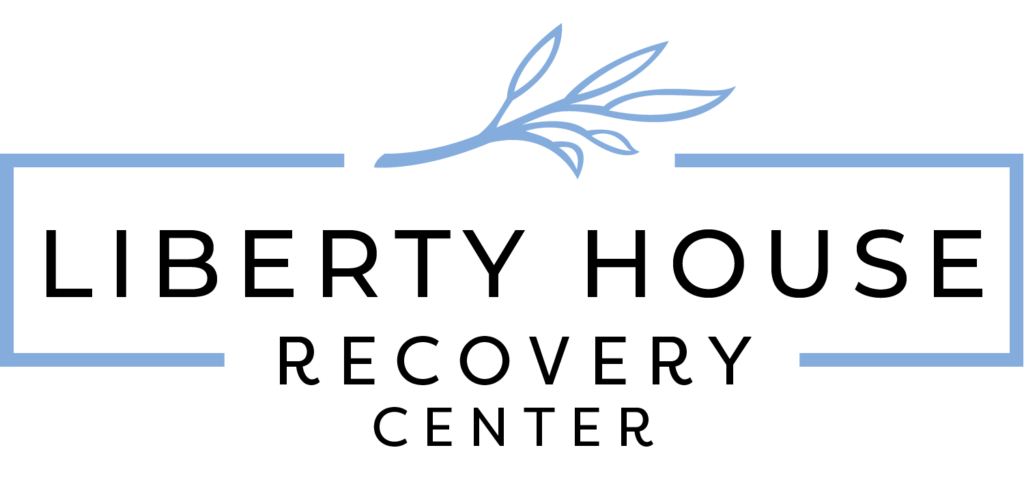How to Find the Best Drug Rehabs Near Me in the US
Introduction to Addiction and the Need for Quality Rehabs
Addiction is a complex and pervasive issue that affects millions of individuals and families across the United States. Its impact reverberates not just through the lives of those directly affected, but also across communities and society as a whole. Substance use disorders can lead to devastating physical, psychological, and social consequences. The necessity for high-quality drug rehabilitation centers is more urgent than ever. A quality rehab program can make a significant difference in the journey toward recovery, providing the right environment, support, and resources needed to reclaim a healthy, fulfilling life.
What to Look For in a Rehab Center
Finding the right rehab center is a critical step in the recovery journey, but may be daunting when not knowing what you should be looking for in a highly qualified facility. Here are some key factors to consider:
Accreditation and Licensing
Ensure that the facility is accredited by recognized organizations such as The Joint Commission or CARF (Commission on Accreditation of Rehabilitation Facilities). This demonstrates that the facility meets stringent standards of care and operational excellence. Additionally, check that the center is licensed by the state in which it operates.
Treatment Approaches
Look for centers that offer evidence-based treatment programs, including cognitive-behavioral therapy (CBT), dialectical behavior therapy (DBT), and medication-assisted treatment (MAT), if necessary. Holistic treatments like yoga, meditation, and fitness programs can also be beneficial.
Customized Treatment Plans
Individualized treatment plans are essential for effective recovery. Every individual’s journey through addiction and recovery is unique, requiring personalized approaches tailored to specific needs, substance issues, and underlying conditions.
Qualified Staff
The qualifications and experience of the staff are paramount. Seek out centers that employ licensed medical professionals, certified addiction counselors, and experienced therapists. The presence of multidisciplinary teams ensures comprehensive care.
Aftercare Programs
Successful recovery doesn’t end with the completion of a rehab program. Aftercare is crucial for long-term sobriety. Quality centers offer robust aftercare plans, including continued therapy, support groups, and alumni programs to help individuals maintain their recovery post-treatment.
Amenities and Environment
The environment plays a significant role in recovery. Comfortable, serene surroundings can enhance the healing process. Luxury amenities, while not necessary for all, can provide the relaxation and focus required to make the most of the treatment.
Benefits of Choosing a Top-Rated Treatment Program
Opting for a top-rated rehab program can yield considerable benefits, ensuring the highest quality of care and support on the path to recovery. One such renowned facility is Liberty House Recovery Center in Fenton, Michigan. Here’s what sets it apart:
Comprehensive and Holistic Approach
Liberty House Recovery Center offers a comprehensive approach to addiction treatment, integrating traditional therapies with holistic practices. This dual approach ensures that both the mind and body receive the necessary attention for complete healing. Their team of experts creates a nurturing environment conducive to recovery and personal growth.
Experienced and Caring Staff
The staff at Liberty House Recovery Center comprises highly qualified professionals dedicated to providing compassionate care. Their multidisciplinary team includes physicians, licensed therapists, addiction counselors, and wellness experts, all committed to helping clients achieve their recovery goals.
Personalized Treatment Plans
At Liberty House, each client receives a customized treatment plan tailored to their specific needs, leveraging evidence-based practices to address the root causes of addiction. This personalized approach increases the likelihood of successful recovery and long-term sobriety.
Luxury Amenities and Sere Environment
Situated in the tranquil setting of Fenton, Michigan, Liberty House combines luxury amenities with an environment designed to promote relaxation and focus. From comfortable accommodations to nutritional meals and wellness activities, every aspect of the center is designed to support healing and recovery.
Liberty House understands that recovery is an ongoing process. Their comprehensive aftercare support ensures that clients have access to resources, support groups, and continued therapy even after they leave the facility. This ongoing support is vital for maintaining sobriety and preventing relapse.
Comprehensive Aftercare Support
Liberty House understands that recovery is an ongoing process. Their comprehensive aftercare support ensures that clients have access to resources, support groups, and continued therapy even after they leave the facility. This ongoing support is vital for maintaining sobriety and preventing relapse.
Take Your First Steps Towards Healing Today
Overcoming addiction is a challenging journey, but with the right support and environment, it is entirely possible. If you or a loved one are struggling with substance use, don’t wait to get the help you need. Reach out to Liberty House Recovery Center in the heart of Michigan for high-quality, luxury addiction treatment. Their experienced and compassionate team is dedicated to helping you reclaim your life and achieve lasting recovery. Contact Liberty House Recovery Center today and take the first step towards a healthier, brighter future. Your path to recovery begins with a single call.






